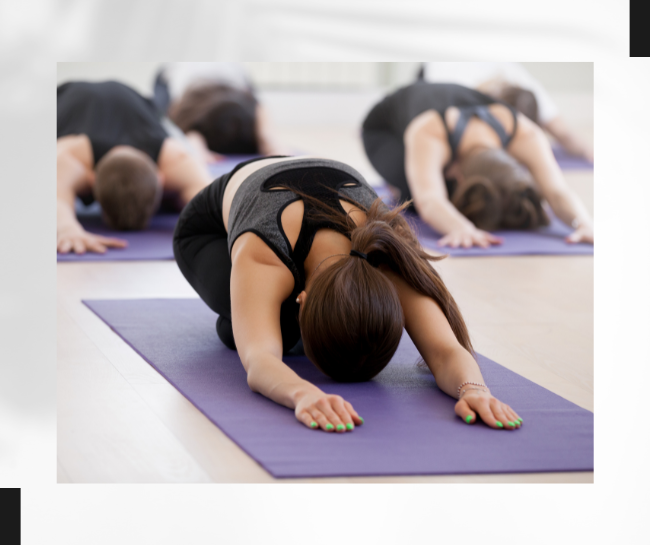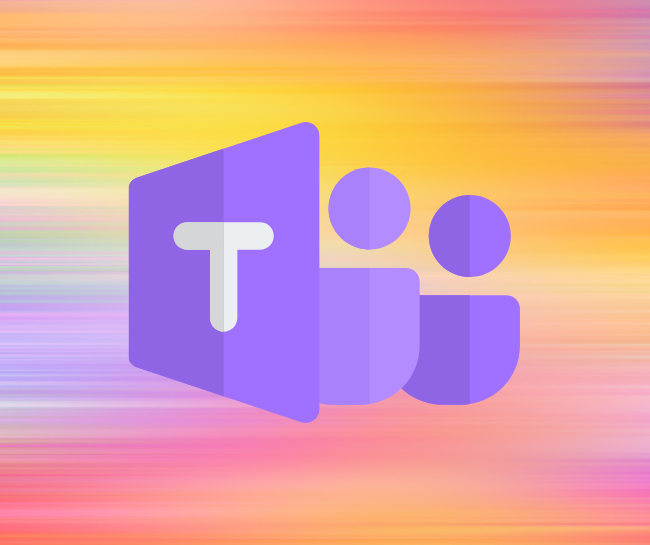
Starting a yoga studio is a dream for many passionate yogis, and it’s easy to see why. Yoga isn’t just a workout; it’s a way of life for over 36 million people in the U.S. alone. But how do you transform this passion into a standout business? Let’s dive into a step-by-step guide that’s free of the buzzwords and full of straightforward advice.
Understanding the Yoga Studio Business Landscape

A yoga studio is more than a place for exercise; it’s a sanctuary where the physical meets the spiritual. In today’s dynamic environment, yoga studios can range from physical locations to digital spaces offering virtual classes. With the ability to cater to niche markets through various yoga styles and complementary products, a yoga studio business holds the potential for diverse revenue streams.
Laying the Groundwork for Your Yoga Studio
Having a clear roadmap is crucial when opening a yoga studio—it’s your guide through the journey from concept to reality. Here’s a streamlined plan to help you focus your efforts and ensure a smooth launch:
- Get Yoga Certification

Becoming a certified yoga instructor is a foundational step in opening your studio. This certification reassures your clients that you have a deep understanding of yoga, both in practice and philosophy. It’s not merely a formality—it’s about gaining the expertise to lead classes safely and effectively, and about personal growth that prepares you to guide others. With a certification, you also establish credibility and trust, showing that you’re committed to providing an authentic yoga experience.
- Build a Community of Yogis

Community is the lifeblood of any yoga studio. Before you open, connect with potential clients by offering classes in accessible spaces or online. These initial interactions are critical for building a loyal following. Free or donation-based classes can introduce your teaching style to diverse groups, fostering a welcoming atmosphere. It’s about creating a space where relationships flourish, where every class feels like coming home to a group of friends. This community will not just sustain your business, but also enrich the lives of its members.
- Craft a Clear Business Vision

Crafting a clear business vision is akin to setting the destination on your studio’s journey. It’s about defining what your yoga studio stands for and where you see it going.
- Selecting Your Yoga Styles: Decide whether you’ll focus on energetic, fitness-based classes, calming sessions, or a blend.
- Setting the Ambience: Determine the feel of your studio – whether it’s a peaceful sanctuary or a lively community space.
- Understanding Your Audience: Know who you’re teaching. This helps tailor your services to their needs, whether they’re beginners or advanced yogis.
- Planning Additional Offerings: Think about whether you’ll include workshops or yoga merchandise to enhance your clients’ experience and support your business growth.
💡 By detailing each aspect of your vision, you’ll have a stronger blueprint to guide your business decisions and communications, ensuring every step you take is aligned with the studio’s core intentions.
- Create a Brand Identity

A strong brand identity is essential for setting your yoga studio apart. Your studio’s name, logo, and overall design should resonate with the essence of your yoga philosophy. Consistency in branding, from the interior design of your studio to the look of your website, helps establish recognition and trust with your clientele. Your brand should evoke the feelings and experiences you want clients to associate with your studio, whether that’s tranquility, energy, or community.
💡 Creating a brand identity for a yoga studio is essential for standing out, connecting with clients, building trust, and enhancing marketing effectiveness. It shapes your studio’s unique experience and appeal.
.
- Hire Aligned Instructors

The instructors you hire will significantly influence your studio’s reputation and atmosphere. It’s crucial to choose individuals who not only have the technical skills but also embody the studio’s ethos. They should be able to connect with and inspire your clients, creating an environment that is both welcoming and conducive to growth. Invest in instructors who are not just teachers, but also ambassadors of your studio’s vision and values.
- Handle Legalities

Addressing the legalities is a non-negotiable part of setting up your studio. This includes choosing the right business structure, obtaining the necessary permits and insurance, and ensuring compliance with local regulations. These steps protect you, your business, and your clients, and lay the foundation for a yoga studio that is built to last. It’s about being proactive and meticulous to prevent any legal issues that could disrupt your studio’s success.
- Market Your Studio

Marketing is about more than just selling your services; it’s about sharing your passion for yoga and inviting others to join your community. Start by creating a buzz with a strong online presence, engaging social media content, and community events. Your marketing efforts should reflect the essence of your brand and speak to the hearts of potential clients. As you prepare for your grand opening, consider special promotions to draw in your first clients and start building those crucial relationships.
Steer Clear of Common Mistakes

Avoiding common mistakes is key to the smooth operation and growth of your new yoga studio. Here’s how to stay on track.
- Not adapting your business plan when needed.
- Ignoring ongoing research about yoga trends and competitor offerings.
- Overspending on your studio setup.
- Slacking on continuous marketing efforts.
- Underestimating the importance of a dedicated and satisfied team.
By keeping these considerations in mind, you can sidestep common errors and set your yoga studio on a path to success.
Tools to Streamline Your Studio’s Operations:

Efficient tools can transform the management of your yoga studio, automating tasks and streamlining processes so you can focus on what you love.
- Scheduling Software: Facilitates class sign-ups and schedule management, saving time and reducing errors.
- Communication Platforms: Enhances team coordination and ensures everyone stays informed, fostering a collaborative environment.
- Payroll Systems: Simplifies the payment process, ensuring staff are paid correctly and on time.
- Digital Timekeeping: Accurately tracks staff hours, making payroll and compliance straightforward.
Leveraging these tools effectively can lead to smoother operations, happier staff, and a more organized business. Additionally, you can take your yoga studio’s operations to the next level by implementing Spark Membership Software. This powerful tool is designed specifically for yoga studios and fitness centers, offering a wide range of features to help you manage your studio more efficiently.
Your journey from a yoga enthusiast to a studio owner is about to get real. With thoughtful planning, a heart-centered approach, and a dash of entrepreneurial spirit, your yoga studio can become a beloved community staple.






















































